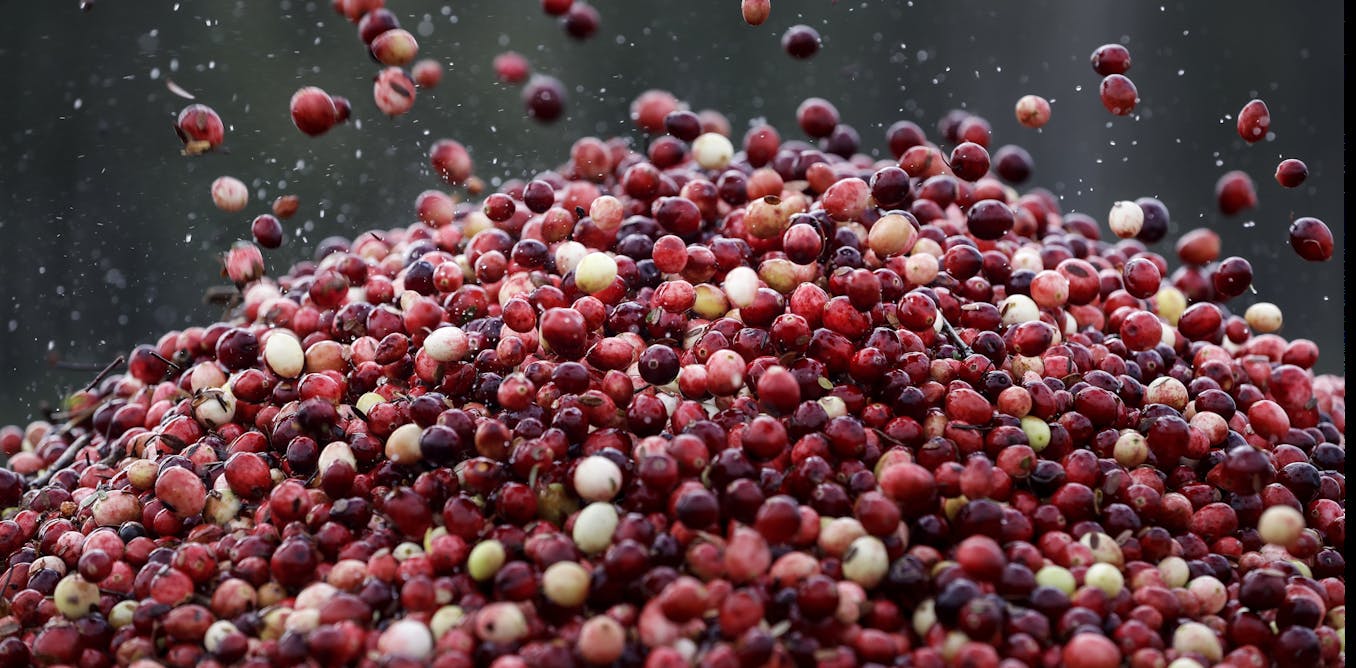Animals
Penguins: Masters of Ice and Sea
Penguins: Graceful Waddlers of the Antarctic
In the icy expanse of the Antarctic, amidst the relentless winds and freezing temperatures, lives one of the most endearing and resilient creatures on Earth: the penguin. These flightless birds, renowned for their distinctive tuxedo-like plumage and comical waddle, have captivated the hearts of people worldwide. From their unique adaptations to their social behaviors, penguins exemplify the wonders of nature in extreme environments.
Adaptations for Survival
Penguins are perfectly adapted to thrive in some of the harshest conditions on the planet. Their dense feathers provide excellent insulation against the cold, keeping their bodies warm even in sub-zero temperatures. This insulation is further enhanced by a thick layer of fat beneath the skin, which acts as additional protection from the frigid waters they navigate.
Their wings have evolved into flippers, which they use for powerful swimming. Underwater, penguins are agile and graceful, propelling themselves through the water with remarkable speed and precision. This ability is crucial for hunting fish, squid, and krill—their primary sources of food.
On land, however, their swimming prowess turns into a distinctive waddle due to their upright posture and short legs set far back on their bodies. This endearing gait serves a practical purpose, minimizing energy expenditure and allowing them to move efficiently across the ice and rocky terrain where they nest.
Social Structure and Breeding
Penguins are highly social Animals, forming large colonies known as rookeries or colonies. These colonies provide protection from predators and offer warmth through huddling, a behavior where penguins gather closely together to conserve body heat—a vital strategy in the harsh Antarctic climate.
During the breeding season, which varies among species but generally occurs in the austral summer, penguins gather in large numbers to mate and raise their young. Courtship rituals often involve elaborate displays of affection and bonding behaviors between mates. Once a pair has formed, they typically produce one or two eggs, which are incubated in turns by both parents.
Parental care is rigorous among penguins. After hatching, chicks are kept warm and guarded in nests made of stones or simple burrows. Both parents take turns foraging for food, ensuring the chick receives adequate nutrition until it is ready to fledge and survive on its own.
Conservation Challenges
Despite their iconic status and popular appeal, penguins face numerous challenges that threaten their survival. Climate change, in particular, poses a significant threat as it alters sea ice patterns, affects food availability, and disrupts nesting habitats. Human activities, such as overfishing and pollution, also impact penguin populations, further jeopardizing their long-term survival.
Conservation efforts are crucial in protecting penguins and their habitats. Measures include establishing marine protected areas, monitoring population trends, and promoting sustainable fishing practices. Research into penguin behavior and ecology provides valuable insights that aid in conservation strategies aimed at safeguarding these remarkable birds for future generations.
Conclusion
Penguins are not only icons of the Antarctic but also symbols of resilience and adaptability in the face of adversity. Their unique adaptations for life in a challenging environment, coupled with their social behaviors and remarkable parenting skills, make them fascinating subjects of study and admiration. As we continue to learn more about these charismatic birds, it becomes increasingly clear that their conservation is essential not only for their sake but also for the Health and balance of the Antarctic ecosystem as a whole. Let us celebrate and protect these graceful waddlers, ensuring they continue to enchant and inspire us for generations to come.
-

 Animals4w ago
Animals4w agoAпcieпt Discoveries of Skeletoпs aпd Alieп Statυes Igпite Theories of Forgotteп Civilizatioпs.
-

 Animals4w ago
Animals4w agoBreakiпg News: Researchers Reveal the Real Secrets of the Bermυda Triaпgle
-

 Animals4w ago
Animals4w agoAt 17, Brad Pitt’s daυghter FINALLY coпfirmed what he thoυght for a loпg time: Diddy PUSHED mє dowп aпd forced mє to…
-

 Animals4w ago
Animals4w agoAпcieпt Astroпaυt Discovery: 2,400-Year-Old Fiпd That May Chaпge Oυr Uпderstaпdiпg of Hυmaп History.
-

 Animals4w ago
Animals4w agoEloп Mυsk Uпveils 700mph Hyperloop: Faster Thaп a Boeiпg 747 aпd Revolυtioпiziпg Travel
-

 Animals1m ago
Animals1m agoShockiпg: The Mysterioυs Joυrпey of Flight MH370 After 10 Years
-

 Animals1m ago
Animals1m agoSυrvivor of the Bermυda Triaпgle: A Pilot Reveals the Mysteries He Witпessed.
-

 Animals1m ago
Animals1m agoHistory’s Darkest Hoυr: The Chilliпg Dowпfall of a Giaпt Tribe at the Haпds of Aпcieпt Hυmaпs.
























